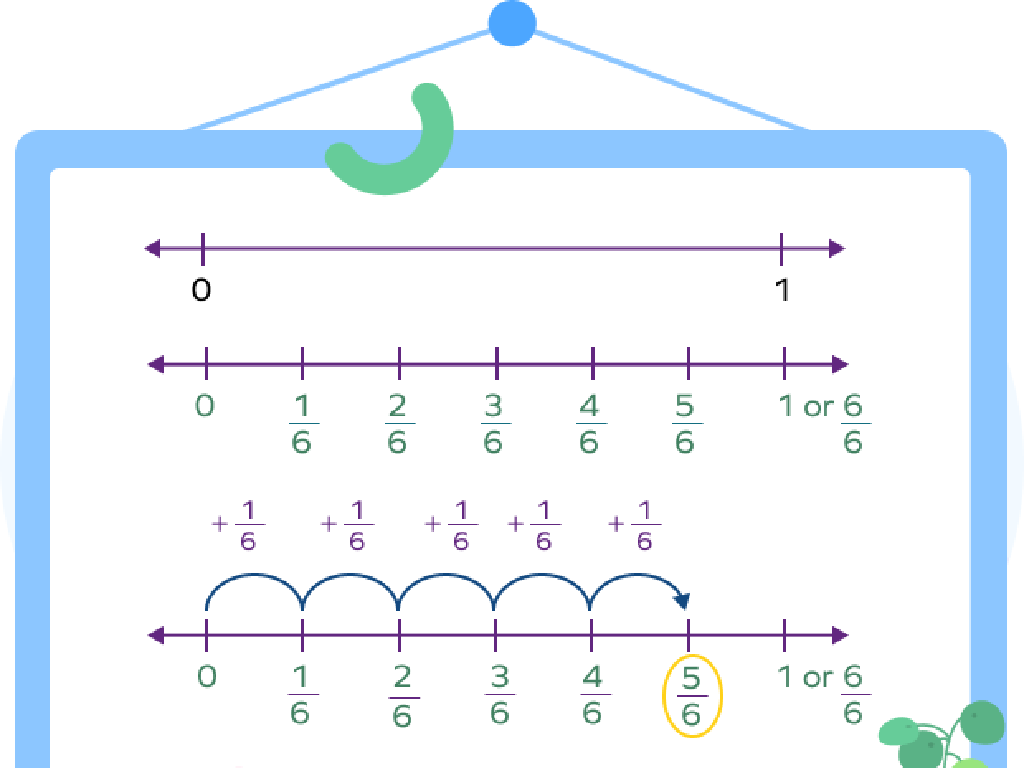The Revolutionary War: Turning The Tide Of War
Subject: Social studies
Grade: Eighth grade
Topic: The American Revolution
Please LOG IN to download the presentation. Access is available to registered users only.
View More Content
The Revolutionary War: Turning the Tide
– Grasping the American Revolution
– A struggle for independence from British rule
– Key causes of the Revolutionary War
– Taxation without representation, quest for liberty
– Examining pivotal war turning points
– Battles that marked the momentum shift for the Patriots
– Focus: How the tide of war shifted
– Analyzing key victories and alliances formed
|
This slide introduces the American Revolution, setting the stage for understanding the conflict that led to the birth of a nation. Begin with a brief overview of the American Revolution, emphasizing the desire for independence from British control. Discuss the key causes, such as unfair taxes and the colonists’ desire for self-governance. Highlight the importance of today’s lesson on the turning points of the war, where the Patriots gained crucial victories and formed alliances that would ultimately lead to their success. Encourage students to think critically about how these events changed the course of the war and shaped the future of the United States.
The Early Stages of the Revolutionary War
– Challenges of the Continental Army
– Lack of resources, training, and centralized command
– Key early battles: Lexington and Concord, Bunker Hill
– First engagements: ‘shot heard round the world’ and a costly ‘victory’ at Bunker Hill
– Significance of early struggles
– These struggles highlighted the resolve and dedication of the Patriots
– Momentum from initial conflicts
– Early battles galvanized support and recruitment for the Continental Army
|
This slide aims to introduce students to the early phase of the Revolutionary War, focusing on the initial challenges faced by the Continental Army, such as inadequate supplies and training, and the lack of a unified command structure. Highlight the importance of the early battles at Lexington and Concord, which marked the outbreak of war, and the Battle of Bunker Hill, which, despite being a British victory, proved costly and demonstrated the Americans’ determination. Emphasize how these early struggles and battles were crucial in building the momentum for the war effort, as they rallied support and encouraged more individuals to join the fight for independence. Encourage students to consider how these events set the stage for the rest of the war.
The Role of Leadership in the Revolutionary War
– George Washington’s pivotal role
– Led Continental Army with resilience and strategy
– Foreign allies’ influence
– Support from France and Spain was crucial
– Military advisors’ impact
– Advisors like Lafayette and von Steuben were key
– Trenton and Princeton battles
– Surprise attacks that revived American morale
|
This slide highlights the significance of strong leadership during the Revolutionary War. George Washington’s leadership was instrumental in guiding the Continental Army through challenging times. His strategic acumen, especially during the harsh winter at Valley Forge, was pivotal. The support from foreign allies such as France and Spain, along with the expertise of military advisors like Marquis de Lafayette and Baron von Steuben, played a vital role in shaping the American forces. Key victories at Trenton and Princeton demonstrated Washington’s ability to leverage surprise and decisiveness to turn the tide of war. These battles were crucial in boosting the morale of American troops and supporters. Encourage students to discuss how leadership and foreign assistance can change the course of a conflict.
The French Alliance and the Revolutionary War
– French alliance’s impact on the war
– The alliance with France provided crucial military support and resources to the American cause.
– Saratoga: Key to French support
– The American victory at Saratoga convinced France that the Americans could win, leading to their official support.
– French navy and army contributions
– French naval power helped to challenge British control of the seas, while French troops bolstered American forces on land.
– Strategic advantages gained
|
This slide focuses on the pivotal role of the French alliance in the American Revolutionary War. Discuss how the support from France was a game-changer, providing much-needed military aid, supplies, and strategic advantages. Highlight the Battle of Saratoga as the decisive victory that secured French support. Emphasize the contributions of the French navy in weakening British naval supremacy and the French army in supporting American troops. Explain that the alliance with France was instrumental in turning the tide of the war, leading to eventual American victory. Encourage students to consider the international implications of the war and how alliances can significantly impact the outcome of conflicts.
Challenges and Resilience of the Continental Army
– Valley Forge hardships
– Winter of 1777-78, lack of supplies, extreme cold
– Baron von Steuben’s training
– Prussian military leader trained troops in combat drills
– Continental Army’s transformation
– From ragtag force to organized military
– Resilience against odds
|
This slide highlights the pivotal moment at Valley Forge where the Continental Army, despite facing severe hardships such as cold weather, starvation, and disease, demonstrated remarkable resilience. The arrival of Baron von Steuben was a turning point; his rigorous training and discipline transformed the ragtag troops into a more effective fighting force. Emphasize the significance of this transformation in the success of the American Revolution. Discuss how the army’s ability to endure and improve during the winter at Valley Forge contributed to their eventual victory, turning the tide of war in their favor.
Victory at Yorktown: Decisive End to the Revolutionary War
– Strategic planning for Yorktown
– Coordination between American & French forces was key to trapping British.
– The siege and British surrender
– After weeks of siege, General Cornwallis surrendered, signaling a major defeat.
– Yorktown’s role in ending the war
– Yorktown victory convinced Britain that the war was too costly to continue.
– The impact on America’s future
|
The slide focuses on the culminating battle of the Revolutionary War, the Victory at Yorktown. Discuss the strategic planning that involved coordination between the American forces led by George Washington and French allies. Emphasize the siege tactics that led to the eventual surrender of British General Cornwallis. Highlight the significance of the victory at Yorktown as the event that led to the end of the war and negotiations that would result in American independence. Explain how this victory was a turning point that not only ended the conflict but also shaped the future of the United States. Encourage students to consider the international implications of the siege and how it influenced global perceptions of the new nation.
The Treaty of Paris: Ending the Revolutionary War
– Negotiations to end the war
– Delegates from U.S. and Britain met in Paris to discuss peace terms.
– Terms granting U.S. independence
– The treaty recognized U.S. sovereignty and established borders.
– Global impact of the Revolution
– The Revolution inspired other nations towards independence.
– Significance of the Treaty
|
The Treaty of Paris was a significant turning point in the Revolutionary War, marking the end of conflict and the beginning of a new nation. It’s crucial to discuss the negotiations that led to the treaty, emphasizing the role of American and British delegates. The terms of the treaty, including recognition of American independence and the establishment of borders, should be highlighted. Additionally, discuss the global impact, particularly how the American Revolution served as an inspiration for other countries to seek independence. The significance of the Treaty in international relations and its lasting effects on the world stage should also be addressed. Encourage students to think about the broader implications of the American Revolution beyond the United States.
Class Activity: Revolutionary War Simulation
– Divide into historical factions
– Strategize using historical scenarios
– Make decisions as a group
– Debrief and discuss outcomes
– Could different choices have altered history?
|
This interactive class activity is designed to immerize students in the complexities of the Revolutionary War. Begin by dividing the class into groups representing the British, American Patriots, French allies, and other factions. Provide each group with historical scenarios and challenges they would have faced during the war. Allow them to strategize and make decisions on how to proceed, simulating the decision-making processes of historical figures. After the activity, lead a debriefing session to discuss how the groups’ strategies could have influenced the outcome of the war. This will help students understand the impact of strategic planning and alliance-building in historical contexts. Possible activities include negotiating treaties, planning battle strategies, or managing resources. Encourage students to consider the perspectives of each faction and the real historical outcomes of the decisions made.





